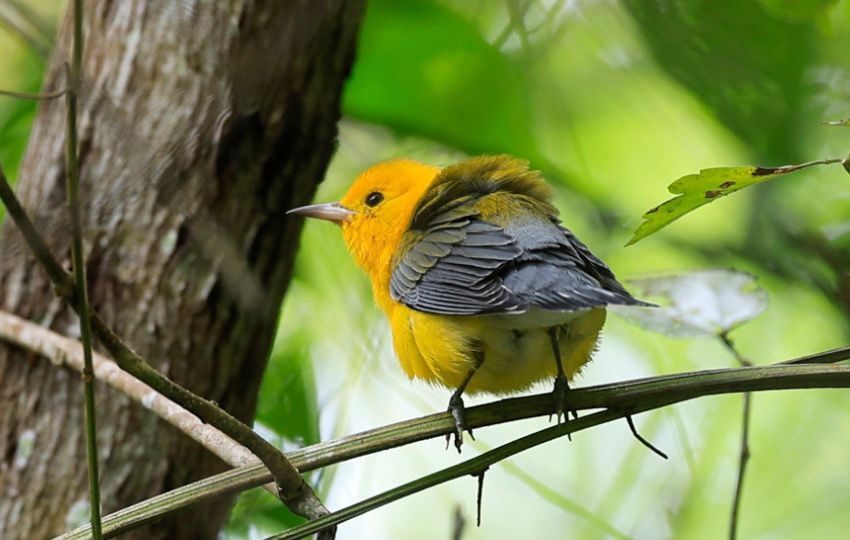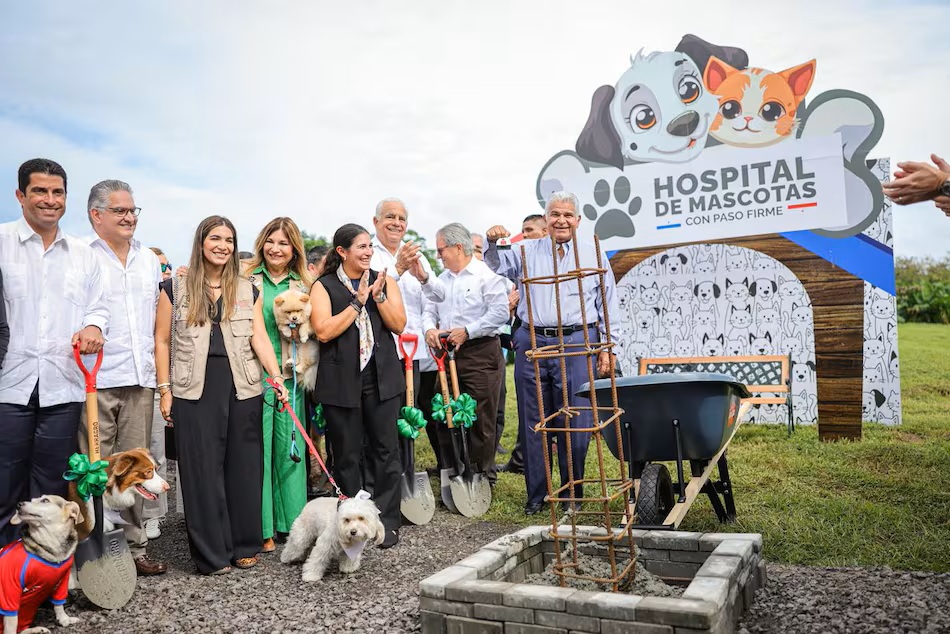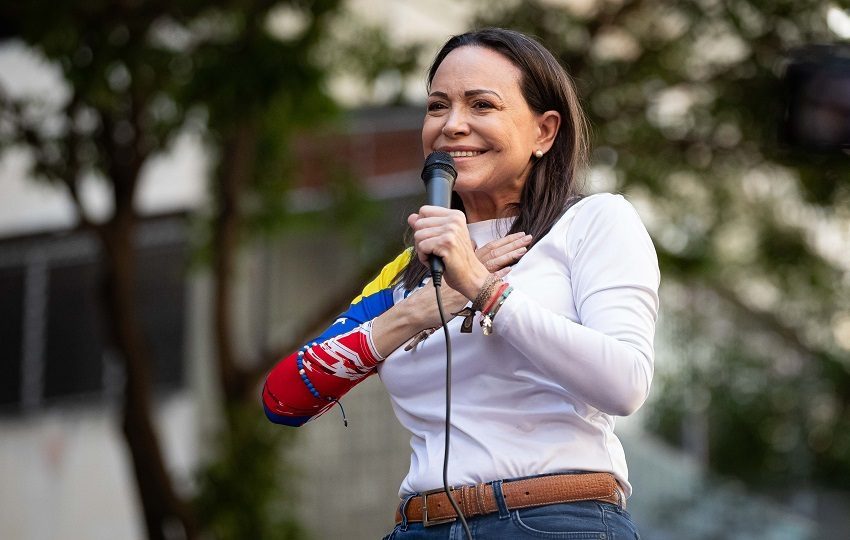Panama Will Host Eleven Environmental Summits and Forums until 2027 With Most of Them UN-Sponsored
The Nature Summits will be held in two parts: the first from October 27-30, and the second from December 1-3. A Prothonotary Warbler in the Gamboa Rainforest in Panama City, Panama is pictured below.

From this October until 2027, Panama will host eleven environmental summits and forums, most of them organized by the UN in preparation for COP17—which will be held next year in Yerevan, Armenia—such as the World Congress on Protected and Conserved Areas. “Next year, we have around nine different activities and meetings where we will be the focal point of all these global conferences dealing with climate change, the environment, biodiversity, etc.,” said Panama’s acting environment minister, Óscar Vallarino. Thanks to this, “Panama has become and is becoming a facilitator for these events to take place in our country, and we continue to be a global bridge for everything related to the environment,” as these events promote tourism and “environmental awareness.”
The Events: Nature Summits and Conventions
Thus, the first of these eleven meetings will be the negotiations of the Convention on Biological Diversity (CBD) , from October 20 to 30, where the 196 delegates of the convention are expected to attend and will serve as a prelude to the COP17 world summit, to be held in October 2026 in Yerevan (Armenia). This meeting includes the first meeting of the body on indigenous peoples and local communities, with more than 1,000 indigenous people, according to Panamanian environmental authorities reported Tuesday. The Nature Summits will be held in two parts: the first from October 27th to 30th, and the second from December 1st to 3rd. According to Vallarino, these are “a platform that brings together all stakeholders so they can meet in one place, exchange ideas, and seek solutions as well as strategic alliances for the benefit of nature.”
Also, the 61st session of the International Tropical Timber Organization (ITTC) will be held from October 27 to 31 , and the General Assembly of the Forest Stewardship Council (FSC), focused on responsible forest certification, will be held from October 26 to 31. With no date yet set, the sessions of the Review Committee of the Convention to Combat Desertification will be held this coming December, and the regional workshop of the Global Environment Facility (GEF) will be held before the end of the year, according to official information. “Many of these conventions are, almost all, from the United Nations. They cover different areas such as climate change, desertification, protected areas, etc.,” said the acting environment minister. Also, between this year and 2027, there will be sectoral meetings on the green transition and nature-based economy, organized in conjunction with Global Resilience Partners (GRP), and activities promoting sustainable tourism linked to these events.
The World Congress on Protected and Conserved Areas
“In the coming years, we will be the site of some of the most important environmental events on the planet, consolidating its position as a global epicenter, international cooperation, and sustainable tourism,” said Panama’s Minister of Tourism, Gloria De León. The main event will be the International Union for Conservation of Nature (IUCN) World Congress on Protected and Conserved Areas in September 2027, which will take place after more than a decade, along with pre-congress events and meetings. “This congress is held every 10 years. All the stakeholders involved in protected area issues globally will converge here, seeking alternatives and ways to protect our natural resources that are still conserved and preserved in these areas,” Vallarino explained.
This congress will bring together more than 10,000 visitors over ten days in Panama, including governments, local communities, and conservation experts who seek to “define strategies that promote the protection of ecosystems and the sustainable management of the planet’s natural areas,” according to official information. Panama is precisely one of the three carbon-negative countries in the world, along with Bhutan and Suriname. Furthermore, since 2023, the Central American country has protected 54.33% of its marine waters, exceeding the standard 30% target set by the UN’s 30X30 Initiative, after expanding the Banco Volcán marine reserve in the Caribbean from the 14,212 square kilometers it was created with in 2015 to over 93,000 square kilometers.





